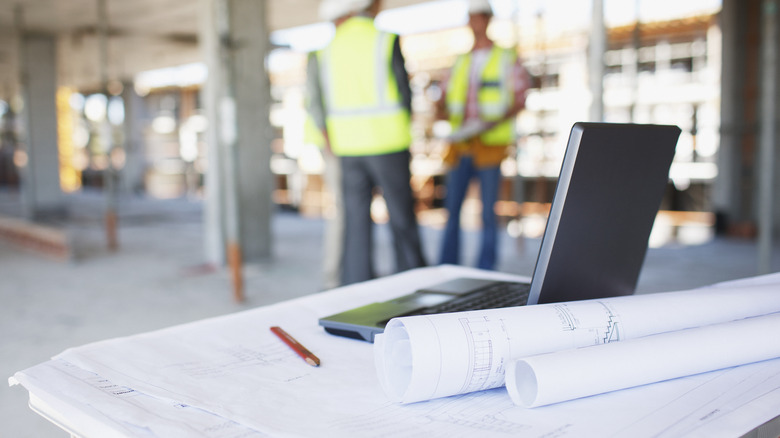Pandemic-Abandoned Office Buildings Are Turning Into Residential Havens Across US
In 2020, offices across the U.S. sent employees home for a mere two weeks, only for remote work to become the new norm and few to return to offices again. Now, developers must decide how to move forward with empty offices and begin bringing profit back to commercial districts. With the current housing crisis and rentals being in high demand, these deserted spaces are being transformed into new residential units. Many cities are encouraging this transition by offering tax breaks to developers on these projects, the District of Columbia being one of those. Mayor of D.C. Muriel Bowser has made these commercial-to-residential transitions essential to her plans of rejuvenating the city's downtown area. "We're not going to have as many workers downtown as we had before the pandemic," Bowser said (via U.S. News). "Our job is to make sure that we are getting more people downtown." D.C. reports an already 1 million square feet currently being converted from offices to housing.
Along with D.C., Pittsburgh, Boston, New York City, and Seattle are other large cities following similar blueprints. Manhattan is rezoning areas previously allotted for commercial use only and revising its multiple dwellings law to give older buildings easier access to these remodels. "The ability to really take our outdated office stock in the city is a true win-win because we not only shore up the office market, given the vacancy rates that we are seeing, but we also help reactivate our business districts," said Manhattan Deputy Mayor Maria Torres-Springer.
On the flip side
Although commercial spaces are seeing an increase in vacancies, U.S. News reports more than a 5% increase between 2019's fourth quarter and 2023's first. Only some view these office transformations as an all-encompassing solution. Even if cities keep these new homes at affordable prices, it's noted that the locations still need many essential needs. "You have to make downtown a neighborhood — somewhere that's living and playful and active," said Pittsburgh Mayor Ed Gainey. "How do you make it a neighborhood that has a vibe where young people want to be?" Initially constructed for business purposes, many areas lack parks, restaurants, stores, daycares, and other residential amenities people look for when choosing a place to live.
These transformations also aren't offering the housing crisis relief it may seem, with only 1% of current commercial-to-residential spaces accounting for new multi-family housing. Additionally, historical and federal buildings once used for business can't be remodeled, and conversions of many offices pose obstacles on their own. They require extensive work for entirely new kitchens and bathrooms that better fit residential units and are lacking fresh air and natural lighting, which wasn't top of mind during initial constriction for a commercial space. "A lot of these buildings could have asbestos or something like that," Anoop Davé said, CEO of real estate company, Victrix. "That is not necessarily a deal killer but sometimes the cost of remediating is so large that even if you are given it for zero, it doesn't work."

